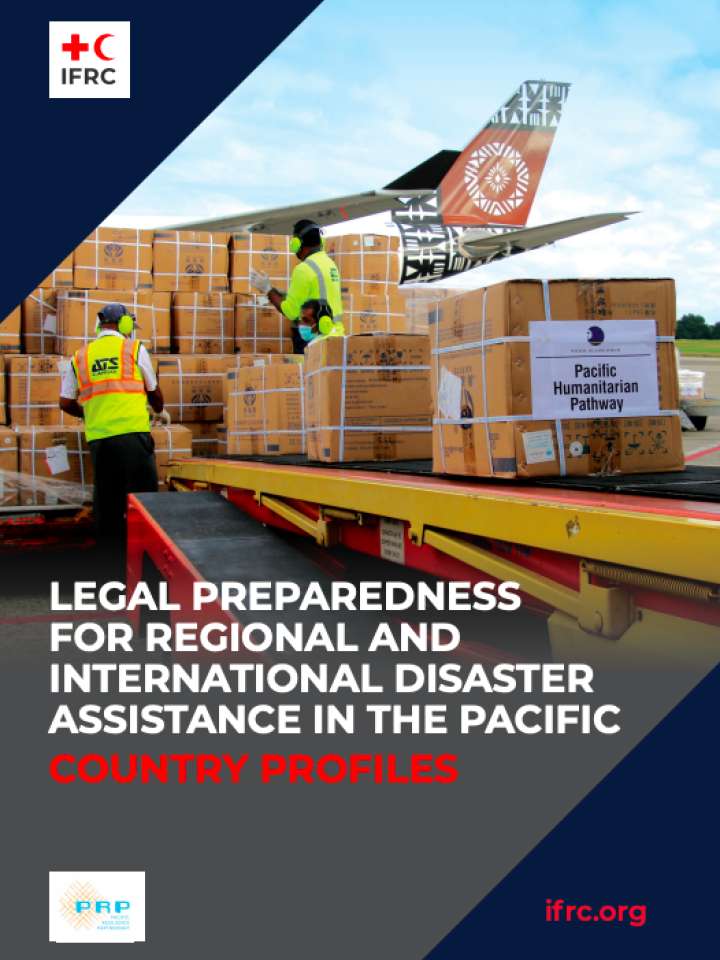IDRL in the Pacific: country profiles
Pacific Island Countries are extremely vulnerable to climate change and natural hazards, which are major challenges for the development aspirations of the people of the Pacific and their environment. In fact, the region hosts five of the ten most at-risk countries in the world. As witnessed by recent destructive Tropical Cyclones and health emergencies in the region, some of these events transcend national boundaries or may overwhelm local coping capacities, requiring regional and international support. During such times, it is essential that regional and international assistance compliments domestic efforts and that local actors are firmly in the driver’s seat. It is also important that if assistance is accepted, that certain legal facilities are granted to humanitarian partners so that they can provide timely and effective assistance. As such, it is critical that domestic laws and polices provide clear rules of the road to guide national and international humanitarian efforts.
This research report examines the legal preparedness for international disaster assistance across the 16 English-speaking member states of the Pacific Islands Forum, in addition to providing a comparative regional analysis. The Pacific Islands Forum now includes 18 members, with New Caledonia and French Polynesia becoming active full members in 2018.1 These latter members are not part of this study. It provides an assessment of domestic disaster risk management arrangements against the “Guidelines for the domestic facilitation and regulation of international disaster relief and initial recovery assistance” (IDRL guidelines) as promulgated by the International Federation of Red Cross and Red Crescent Societies and accepted by all United Nations member states as the key measurement in its assessment.
In addition to the country profiles the research also looks at trends, opportunities and challenges related to legislative frameworks for both international and regional cooperation.
Explore further
